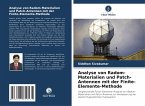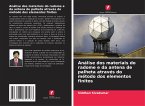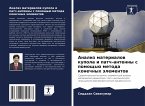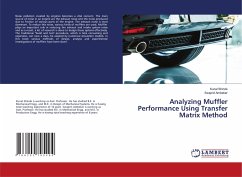Radomes serve a dual purpose, offering protection to antennas and safeguarding against circuit replication. They also play a pivotal role in enhancing antenna gain and directivity through specific structural characteristics. Commonly utilized materials in radome fabrication encompass PTFE, Polycarbonate, Glass polyester, epoxies, and cyanate ester. This study focuses on the utilization of PTFE and Polycarbonate with an operating frequency of 1.789 GHz, employing a radome to encapsulate a patch antenna. The antenna is positioned atop a dielectric base, and in a vacuum, the ground plane and antenna are regarded as ideal electric conductors. The research conducts a comparative analysis based on factors such as distribution of electric potential along with far-field radiation. Furthermore, this research opens avenues for exploring advanced materials in the realm of radome fabrication.
Bitte wählen Sie Ihr Anliegen aus.
Rechnungen
Retourenschein anfordern
Bestellstatus
Storno








